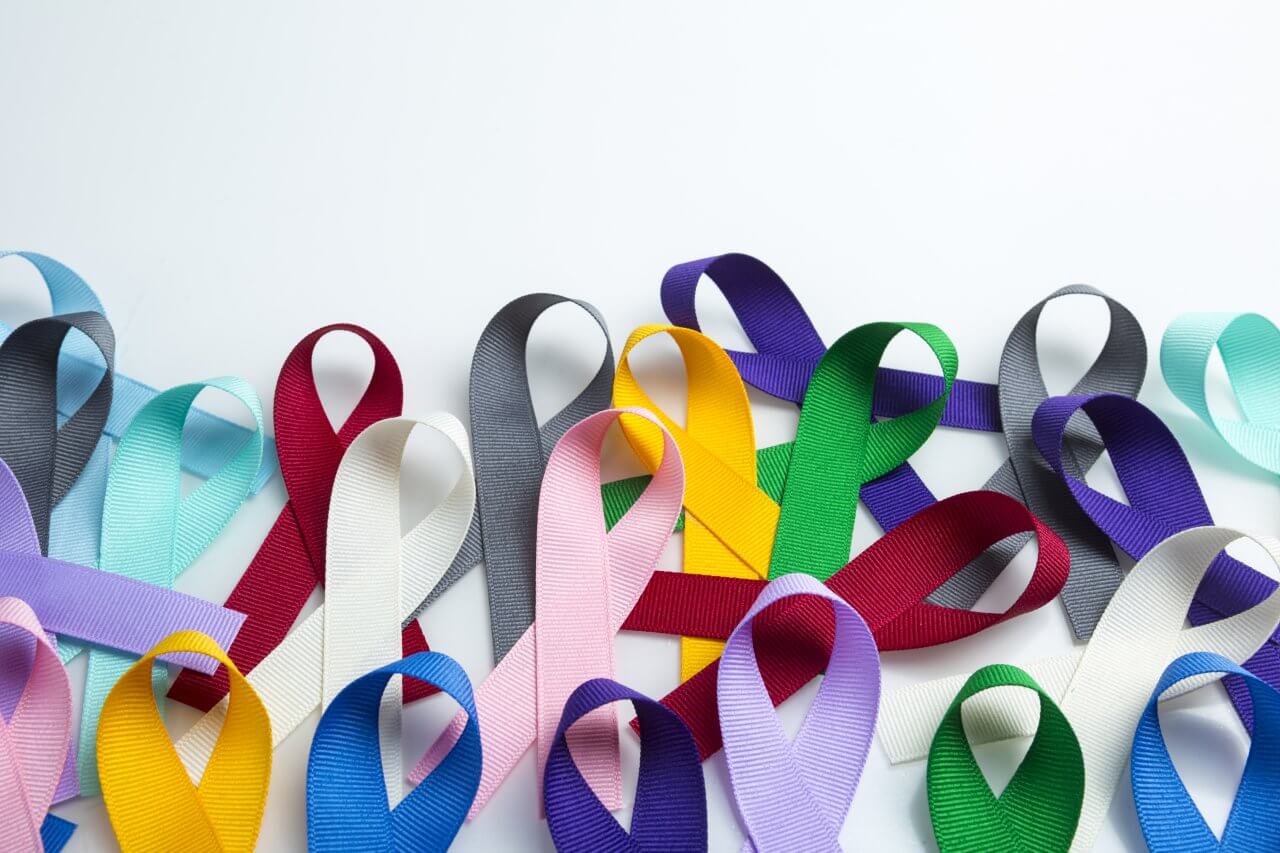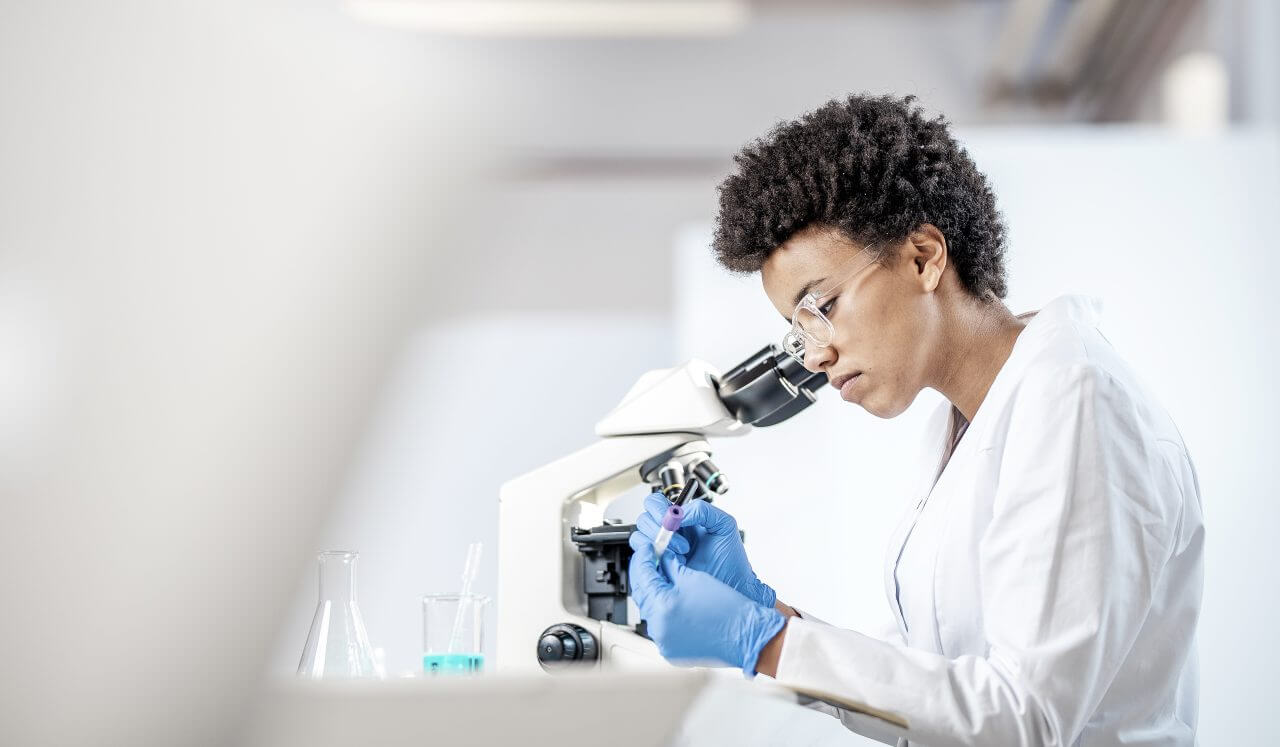Symptoms, Causes and Treatment of Leukemia

Leukemia is a cancer of the tissues in the body that produce blood cells, including bone marrow and lymphatic tissue. It is often associated with children, but some types are actually more common in adults. The disease occurs when the body begins producing too many white blood cells and producing them in a form that cannot fight infection as normal white blood cells do.
As the disease progresses, the excessive amount of white blood cells means that there are not enough red blood cells to supply the body with oxygen or enough platelets to cause the blood to clot normally. Also, the presence of poorly functioning white blood cells means the body is less able to fight infection.
Common Forms of Leukemia:
Leukemia may be acute or chronic. Acute leukemia gets worse very fast and may make you feel sick right away. Chronic leukemia gets worse slowly and may not cause symptoms for years. Here are the most common forms of leukemia:
- Acute lymphocytic leukemia (ALL) is the most common type of leukemia in young children. ALL also affect adults, especially those aged 65 and older.
- Acute myeloid leukemia (AML) occurs in both adults and children.
- Chronic lymphocytic leukemia (CLL) most often affects adults over the age of 55. CLL occurs in younger adults, but it almost never affects children.
- Chronic myeloid leukemia (CML) occurs mainly in adults. A very small number of children also develop CML.
Learn more about the different types of leukemia.
What Causes Leukemia?
The exact cause of leukemia is unknown. However, a number of risk factors have been identified. They include:
- Contact with certain chemicals. Prolonged exposure to benzene (which is found in car exhaust and cigarette smoke), formaldehyde and certain other chemicals increase your risk of developing certain kinds of leukemia.
- Smoking. Smoking cigarettes is associated with a higher risk of leukemia.
- Chemotherapy and radiation therapy for other cancers. Previous cancer treatment can increase your leukemia risk.
- Certain genetic disorders. Some conditions like Down syndrome are associated with an increased risk of leukemia.
- Age, gender and race. White men who are middle-aged and older have an increased risk of leukemia.
- Family history. Having family members who have been diagnosed with leukemia increases your risk.
What are the Symptoms of Leukemia?
Symptoms vary based on the specific type of leukemia and the degree to which it has progressed. They generally include:
- Fever, chills and other flu-like symptoms
- Persistent fatigue or weakness
- Swollen lymph nodes
- Enlarged liver or spleen
- Headaches
- Severe or frequent infections
- Unexpected weight loss
- Swollen or bleeding gums
- Night sweats
- Bone pain or tenderness
- Paleness
- Easy bleeding (including frequent nosebleeds) or bruising
- Tiny red spots on the skin
How is Leukemia Treated?
Treatment for leukemia varies based on the type and location. One or more of these methods may be used:
- Chemotherapy — using drugs to kill cancer cells
- Radiation — high-energy X-rays that are used to kill cancer cells
- Biologic therapy (also called immunotherapy) — using drugs to boost your body’s ability to fight cancer
- Targeted therapy — using drugs to block specific genes or proteins that cancer cells need to grow
- Stem cell transplant — replacing diseased cells in the bone marrow with healthy cells
- Surgery — such as removing a cancerous spleen
Can I Prevent Leukemia?
Because the cause of leukemia remains unknown, there is no certain way to prevent the disease. However, there are some preventive measures that you can take:
- Live a healthy lifestyle. Eat plenty of green leafy vegetables and fruits. Avoid or reduce the amount of red meat you eat. Exercise regularly and get plenty of rest.
- Avoid or stop smoking. Smoking increases your risk of getting leukemia by 30 percent.
- Minimize your exposure to radiation, herbicides, and insecticides. If you’re concerned about any products in your home, contact a professional for an inspection.
The sooner leukemia is diagnosed and treatment begins, the more effective the treatment can be. If you experience any of the leukemia symptoms listed above, talk with your doctor promptly.



